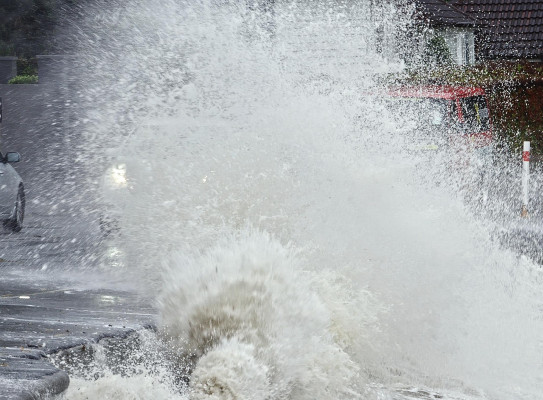
Dan Lowry Ice Sheet and Climate Modeller
Dan is an ice sheet and climate modeller working to understand the impacts of climate changes on the Antarctic ice sheet in the past, present and future. His research interests include past deglaciations, parameter uncertainty in ice sheet models, ice sheet-solid Earth feedbacks, ice shelf-ocean interactions and ice sheet surface mass balance. He was a Contributing Author to the Intergovernmental Panel on Climate Change report.
View Bio Contact Me